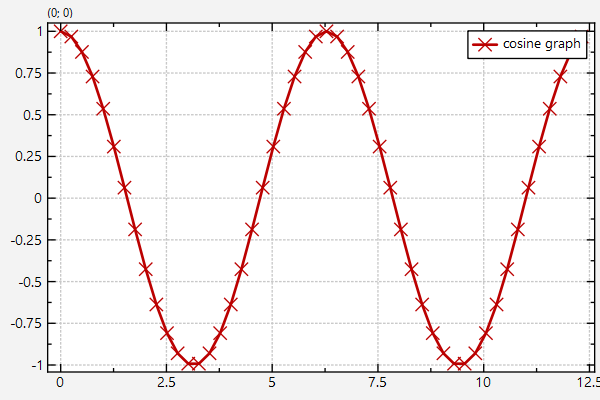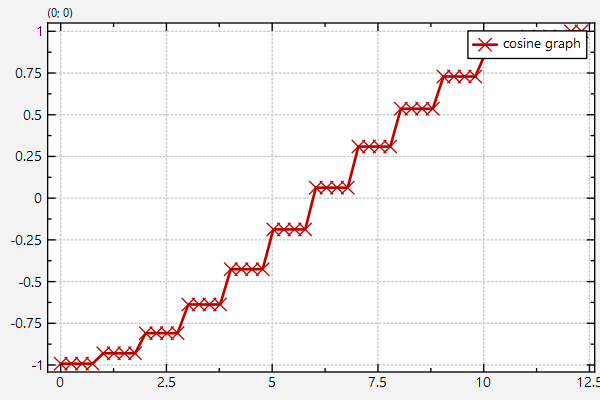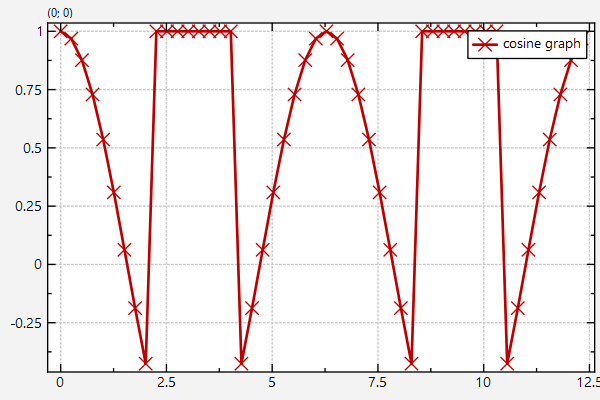| .. | ||
| CMakeLists.txt | ||
| datastore_iterators_and_lib.pro | ||
| datastore_iterators.cpp | ||
| datastore_iterators.pro | ||
| README.md | ||
Tutorial (JKQTPDatastore): Iterator-Based usage of JKQTPDatastore
[JKQTPlotterBasicJKQTPDatastore]: @ref JKQTPlotterBasicJKQTPDatastore "Basic Usage of JKQTPDatastore" [JKQTPlotterBasicJKQTPDatastoreIterators]: @ref JKQTPlotterBasicJKQTPDatastoreIterators "Iterator-Based usage of JKQTPDatastore" [JKQTPlotterBasicJKQTPDatastoreStatistics]: @ref JKQTPlotterBasicJKQTPDatastoreStatistics "Advanced 1-Dimensional Statistics with JKQTPDatastore" [JKQTPlotterBasicJKQTPDatastoreRegression]: @ref JKQTPlotterBasicJKQTPDatastoreRegression "Regression Analysis (with the Statistics Library)" [JKQTPlotterBasicJKQTPDatastoreStatisticsGroupedStat]: @ref JKQTPlotterBasicJKQTPDatastoreStatisticsGroupedStat "1-Dimensional Group Statistics with JKQTPDatastore" [JKQTPlotterBasicJKQTPDatastoreStatistics2D]: @ref JKQTPlotterBasicJKQTPDatastoreStatistics2D "Advanced 2-Dimensional Statistics with JKQTPDatastore" [statisticslibrary]: @ref jkqtptools_math_statistics "JKQTPlotter Statistics Library"
This tutorial project (see ./examples/datastore_iterators/) explains how to use the iterator-based interface to JKQTPDatastore.
Note that there are additional tutorial explaining other aspects of data mangement in JKQTPDatastore:
- [JKQTPlotterBasicJKQTPDatastore]
- [JKQTPlotterBasicJKQTPDatastoreIterators]
- [JKQTPlotterBasicJKQTPDatastoreStatistics]
- [JKQTPlotterBasicJKQTPDatastoreRegression]
- [JKQTPlotterBasicJKQTPDatastoreStatisticsGroupedStat]
- [JKQTPlotterBasicJKQTPDatastoreStatistics2D]
[TOC]
The source code of the main application can be found in datastore_iterators.cpp.
This tutorial cites parts of this code to demonstrate different ways of working with JKQTPDatastore's iterator-interface.
In every code-segment below, we will use these two declarations from the code to access the internal datastore of the JKQTPlotter instance:
// 1. create a plotter window and get a pointer to the internal datastore (for convenience)
JKQTPlotter plot;
JKQTPDatastore* datastore=plot.getDatastore();
In the example [JKQTPlotterBasicJKQTPDatastore] we discussed how to copy data from external container into and explicitly access data in columns inside a JKQTPDatastore. This tutorial explains how to use the iterator interface of JKQTPDatastore to access the data, build columns and also interact with algorithms from the C++ standard template library (or other iterator-based libraries, like e.g. boost). Also have a look at the [statisticslibrary] and [JKQTPlotterBasicJKQTPDatastoreStatistics], as these also use the iterator-interface of JKQTPDatastore.
Iterator-based Column Data Access To Existing Rows
In other tutorials we used e.g. JKQTPDatastore::set() to set values in data columns. Using this scheme, you can write code like shown below to draw a cose curve:
size_t XCol=datastore->addLinearColumn(50, 0, 4.0*M_PI, "cos curve: x-data");
size_t YCol=datastore->addColumn(datastore->getRows(XCol), "cos curve: y-data");
for (size_t i=0; i<datastore->getRows(XCol); i++) {
datastore->set(YCol, i, cos(datastore->get(XCol, i)));
}
Here we added two columns with 50 entries. XCol contains linearly spaced values between 0 and 2*pi and YCol contains 50 uninitialized values. Then we iterate an index i over all these items (datastore->getRows(XCol) returns the rows in a column, i.e. 50 in the example above) and used JKQTPDatastore::set() to store the calculated values in the two columns. The current x-values is read from XCol using JKQTPDatastore::get(). The resulting plot looks like this:
The same loop can be written using iterators:
size_t XCol=datastore->addLinearColumn(50, 0, 4.0*M_PI, "cos curve: x-data");
size_t YCol=datastore->addColumn(datastore->getRows(XCol), "cos curve: y-data");
auto itY=datastore->begin(YCol);
for (auto itX=datastore->begin(XCol); itX!=datastore->end(XCol); ++itX, ++itY) {
*itY=cos(*itX);
}
Back-Inserter for Columns
Above we used two previously sized columns and accessed (read and writing) existing rows in them. But JKQTPDatastore also provides an iterator comparable to std::back_inserter, which allows to add rows at the end of an existing (here initially empty) column:
size_t XCol=datastore->addColumn("cos curve: x-data");
size_t YCol=datastore->addColumn("cos curve: y-data");
auto biXCol=datastore->backInserter(XCol);
auto biYCol=datastore->backInserter(YCol);
for (double x=0; x<4.0*M_PI; x+=4.0*M_PI/50.0) {
*++biXCol=x;
*++biYCol=cos(x);
}
Using C++ STL algorithms
You can write this a bit more compact, if you use JKQTPDatastore::addLinearColumn() and the C++ STL-algorithm std::transform():
size_t XCol=datastore->addLinearColumn(50, 0, 4.0*M_PI, "cos curve: x-data");
size_t YCol=datastore->addColumn("cos curve: y-data");
std::transform(datastore->begin(XCol), datastore->end(XCol), datastore->backInserter(YCol), &cos);
Of course you can now also interface other algorithms, like e.g. std::sort():
std::sort(datastore->begin(colY), datastore->end(colY));
With this line of code, the YCol is sorted in ascending order and the plot becomes:
Another example would be to replace all value y<-0.5 with the value 1.0 using std::replace_if():
std::replace_if(datastore->begin(YCol), datastore->end(YCol), [](double v) { return v<-0.5; }, 1.0);
Finally also the erase-remove idiom (e.g. known from std::vector) is supported:
datastore->eraseFromColumn(std::remove_if(datastore->begin(YCol), datastore->end(YCol), [](double v) { return v<0; }), datastore->end(YCol));
Special Properties of the JKQTPDatastore-Iterators
Note that the iterator classes of JKQTPDatastore (namely JKQTPColumnIterator and JKQTPColumnConstIterator) provide additional function to access the properties of the data-column row they point to:
JKQTPColumnIterator::isValid()checks whether the iterator points to a valid row in a column. it isfalsee.g. for an iterator returned byJKQTPDatastore::end()JKQTPColumnIterator::getPosition()returns the row/position inside the column the iterator points toJKQTPColumnIterator::getImagePosition()/JKQTPColumnIterator::getImagePositionX()/JKQTPColumnIterator::getImagePositionY()return the x-/y-location of the pointed-to pixel in an image columnJKQTPColumnIterator::getImageColumns()/JKQTPColumnIterator::getImageRows()return the width/height of the image represented by the image column (the pointed-to pixel is part of)


